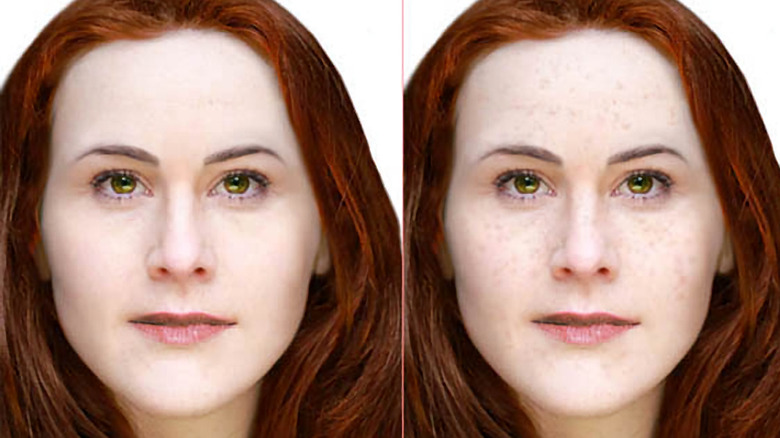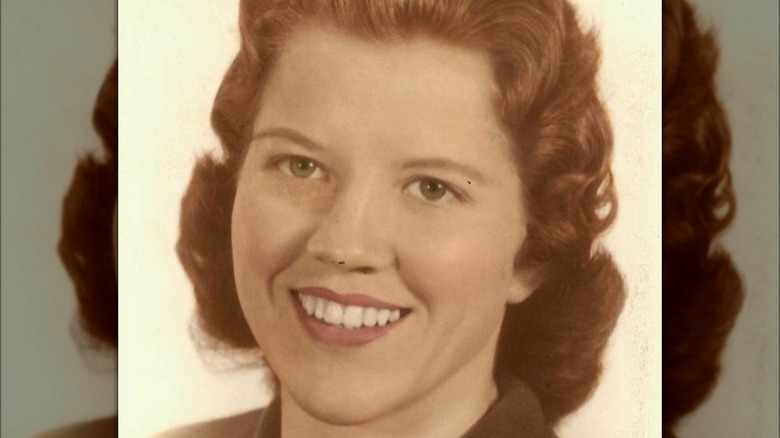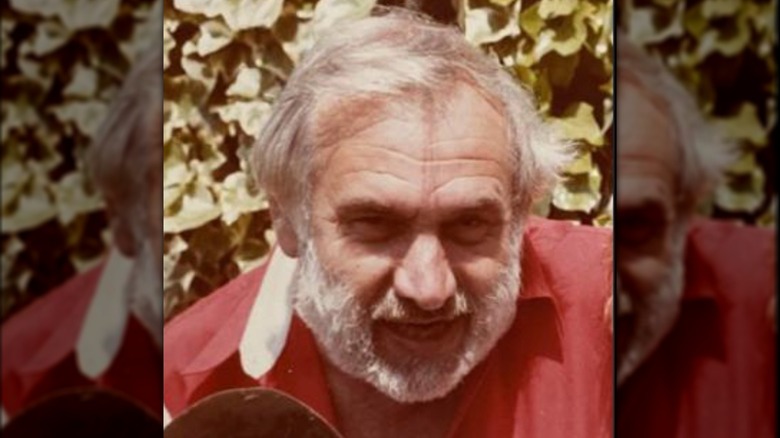How The Lady Of The Dunes Cold Case Was Finally Solved
On July 26, 1974, a young girl was walking her dog at the Race Point Dunes located in Provincetown, Massachusetts when she came across a grisly scene. On the sand before her was the nude body of a woman lying face-down on a beach towel. It was apparent that the woman was dead, as one part of her head was crushed and there was insect activity. Apart from the body and the towel, a pair of Wrangler jeans and a blue bandana were found at the scene, but there were no clues about her identity.
An autopsy on the woman concluded that she was between 25 to 30 years old at the time of her death, and she had been dead at least 10 days before she was discovered. She had long, red hair that was tied in a ponytail. Investigators concluded that the perpetrator made an effort to hide the woman's identity by removing her teeth and cutting her hands, so that she couldn't be identified via dental records or fingerprints, per ATI. The autopsy also showed that she was sexually assaulted, and her cause of death was a strong blow to the head. With no way to confirm her identity, she was referred to as the "Lady of the Dunes." And so she remained for decades until a fresh investigation identified her as Ruth Marie Terry and the likely killer as her husband.
Many investigations were fruitless
In the months following the discovery of the Lady of the Dunes, several detectives worked together to solve the case. Authorities said that she was killed somewhere else, as there were footprints to and from the scene. Her position also seemed posed, as if she was sunbathing when she was attacked, as reported by People.
The area where she was found was thoroughly searched, and her description was cross-checked against thousands of reports of missing women at that time. Despite all the efforts, they were not able to find clues regarding what happened or who the victim could be, per Cape Cod. No one came forward looking for the woman, and although investigators came up with a list of suspects, no one was charged for the crime, as they didn't have pieces of evidence to tie anyone to the incident.
On October 19, 1974, the Lady of the Dunes was laid to rest at the St. Peter's Cemetery in Provincetown. Her gravestone reads, "Unidentified Female Body Found Race Point Dunes: July 16, 1974."
The lady of the dunes' identity remained a mystery for years
Despite no leads, various detectives continued working on the Lady of the Dunes' case. In 1980, her body was exhumed in an attempt to get her identified, but it was unsuccessful. Her remains were again exhumed in 2000 to extract DNA. At that time, authorities were hoping that her DNA profile would provide a clue to her identity (via Boston Globe). The profile was added to several databases, but still, there was no confirmation about who she was. In 2010, experts from the National Center for Missing and Exploited Children and the Smithsonian Institution came up with facial reconstruction images based on a scan of her skull.
In 2019, investigators looked into the possibility of identifying the Lady of the Dunes using more advanced DNA technology as well as genealogy. That method proved the key to solving the entire case by positively identifying the victim. The Lady of the Dunes was found to be Ruth Marie Terry, a woman from Tennessee who was 37 at the time she was killed. Described by her family as a free spirit (per The Californian), Terry relocated to Michigan after a failed marriage. Unprepared for a sudden pregnancy, she gave up her son to an older couple who she'd befriended and headed west. On February 16, 1974, she married Guy Muldavin in Nevada (per The Provincetown Independent).
The killer was identified as the victim's husband
Ruth Marie Terry's family told The Californian that they were always uneasy about her husband, Guy Muldavin (pictured). He was introduced to them as an art dealer taking his wife on a trip around America. In California, he was a radio talk show host. But Muldavin was also a one-time suspect in the murder of his second wife and stepdaughter in Seattle in 1960 and found guilty of stealing from his third wife's family around the same time.
Muldavin's story to potential witnesses, after he came back from Massachusetts without Terry (but with her car), was simply that she died. To her family, Muldavin claimed that Terry ran out on him. A private detective hired by the family reported that all her belongings had been sold and that Terry had joined a cult (per NECN). She was listed as deceased, though some in the family held out hope that she might possibly be alive under the witness protection program. Learning the truth has been a painful experience for them. "The way things ended like they did, we'll never be able to accept that," Carole Terry told The Californian.
Muldavin died in 2002 and was not suspected in the Lady of the Dunes case until Terry herself was identified. With him not considered the likely murderer, some mysteries still remain in the case, including the choice of Massachusetts for the murder site (per NBC News).



